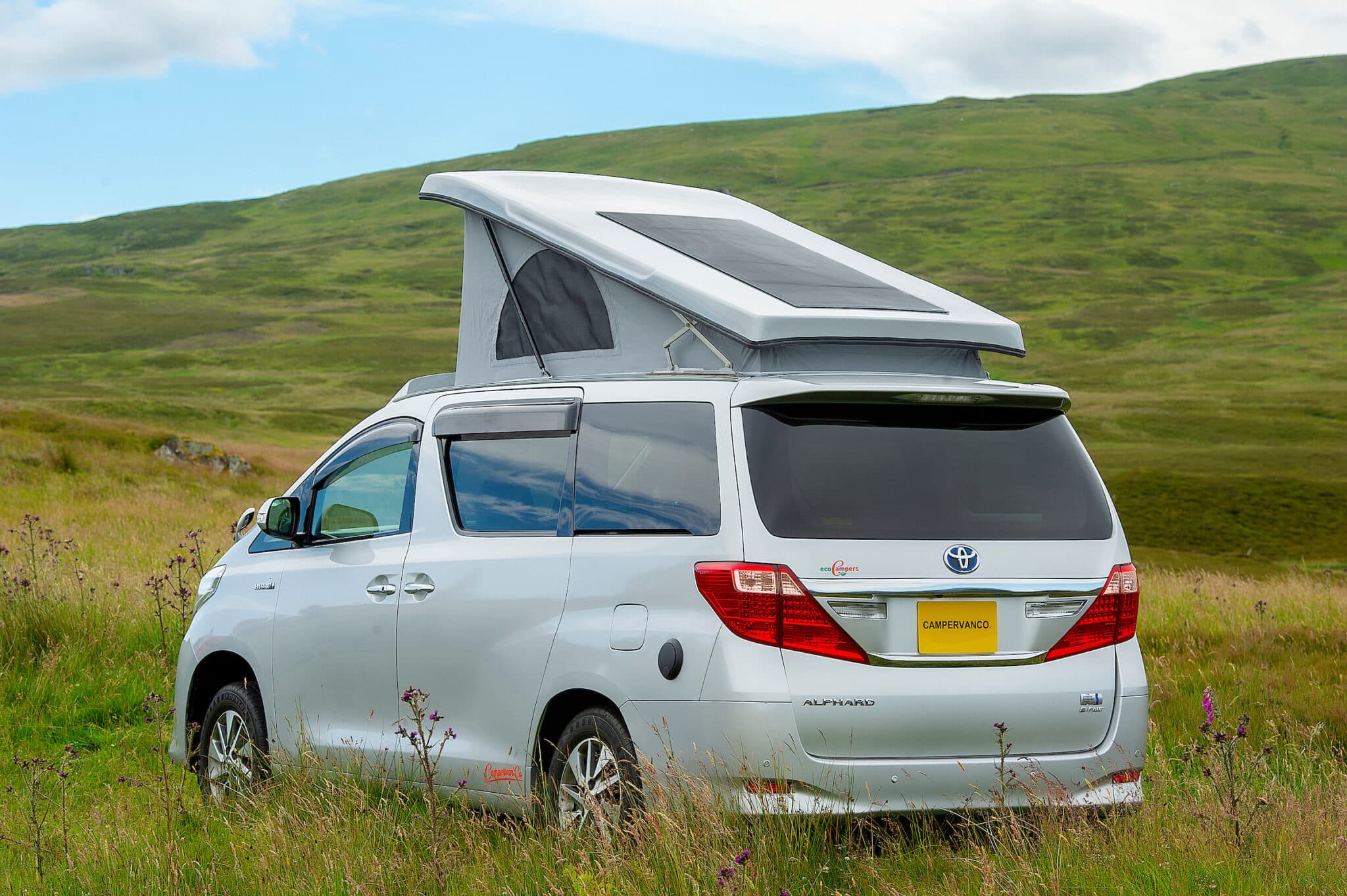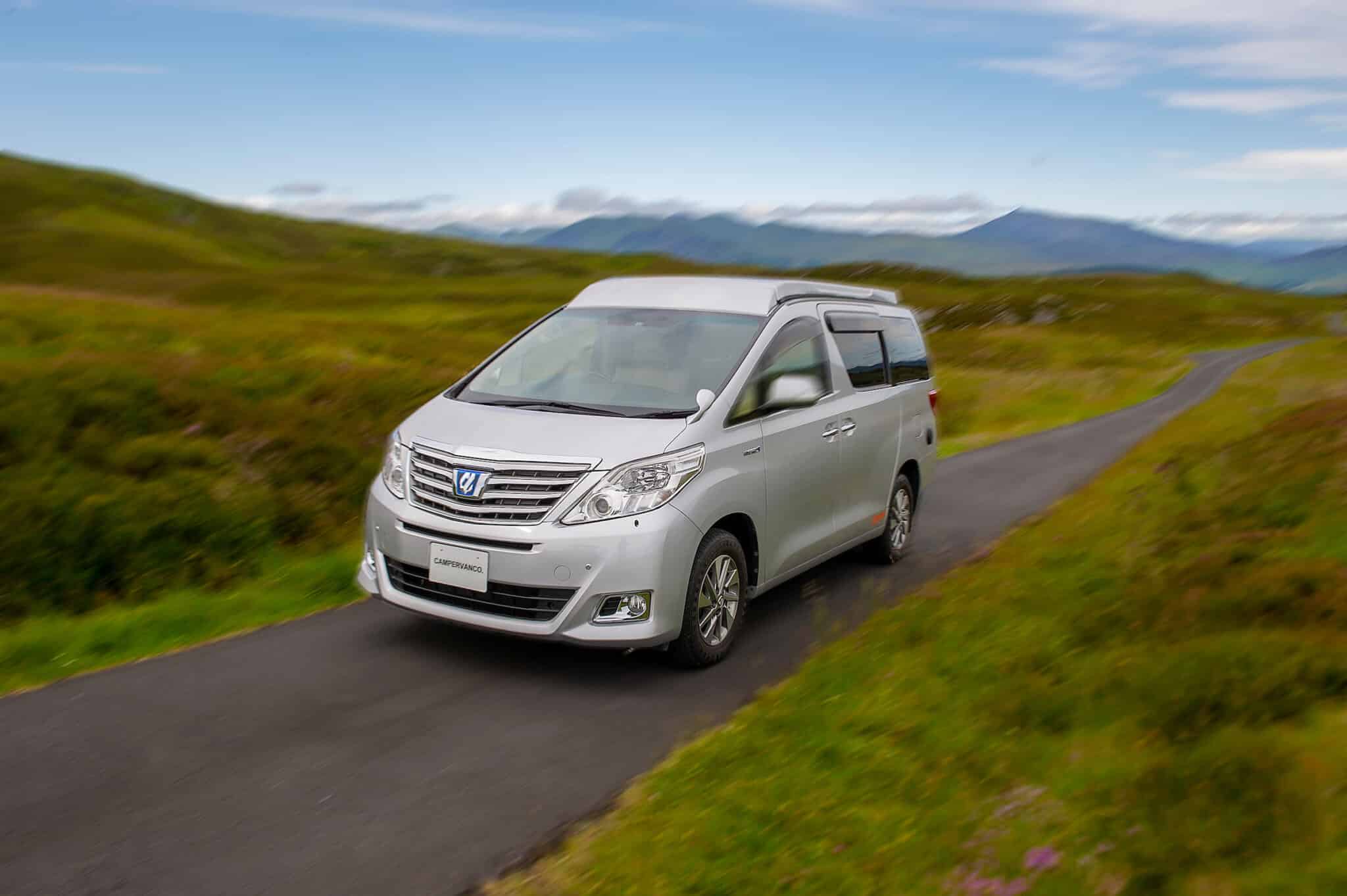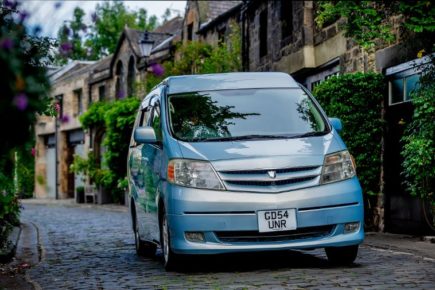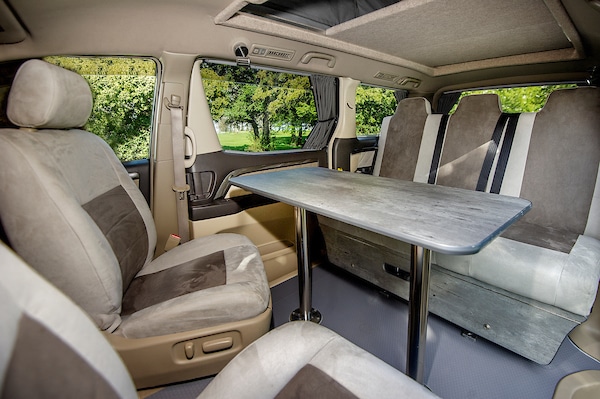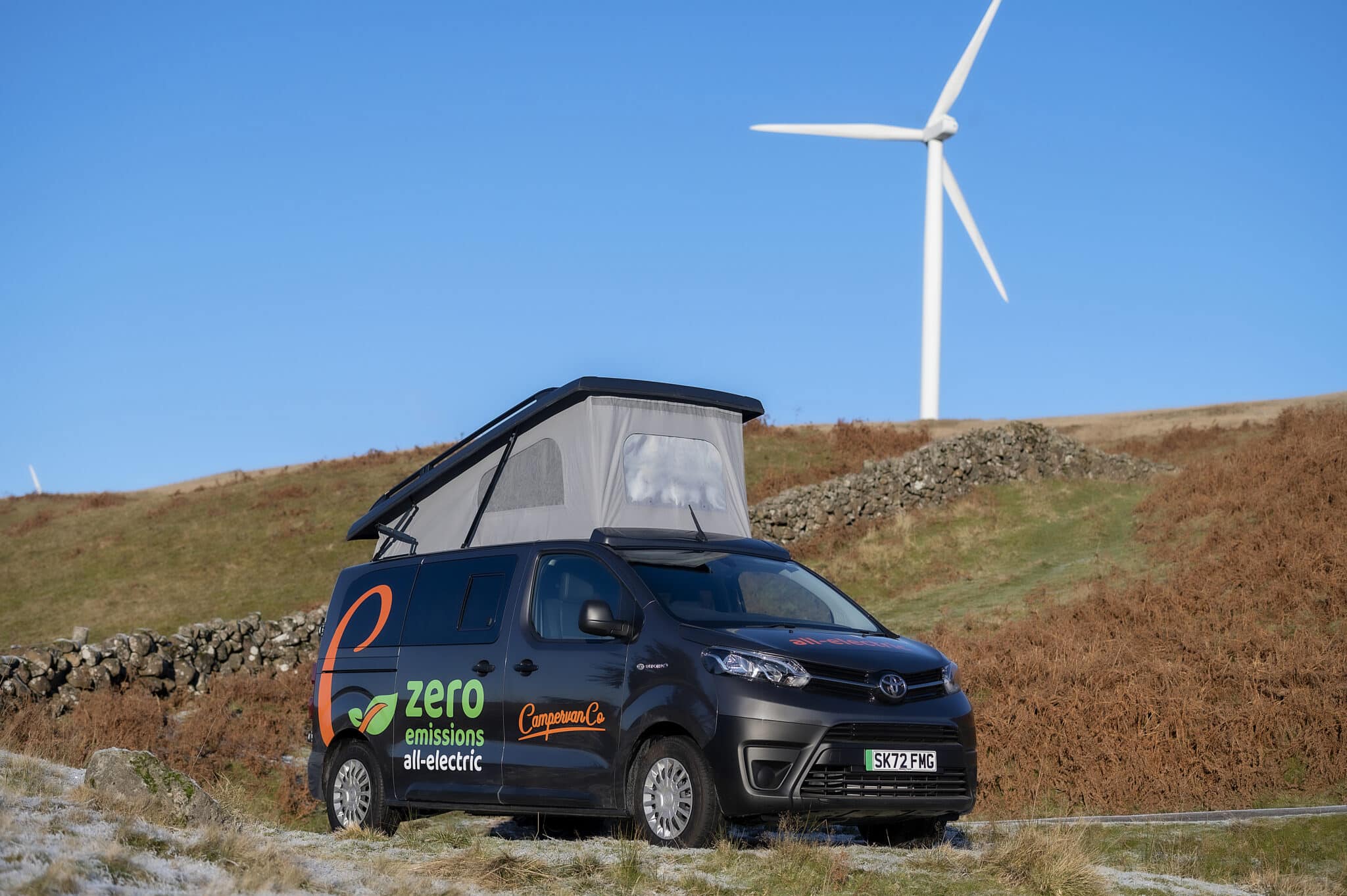Eco Campervan Electrics, Batteries & Power Explained
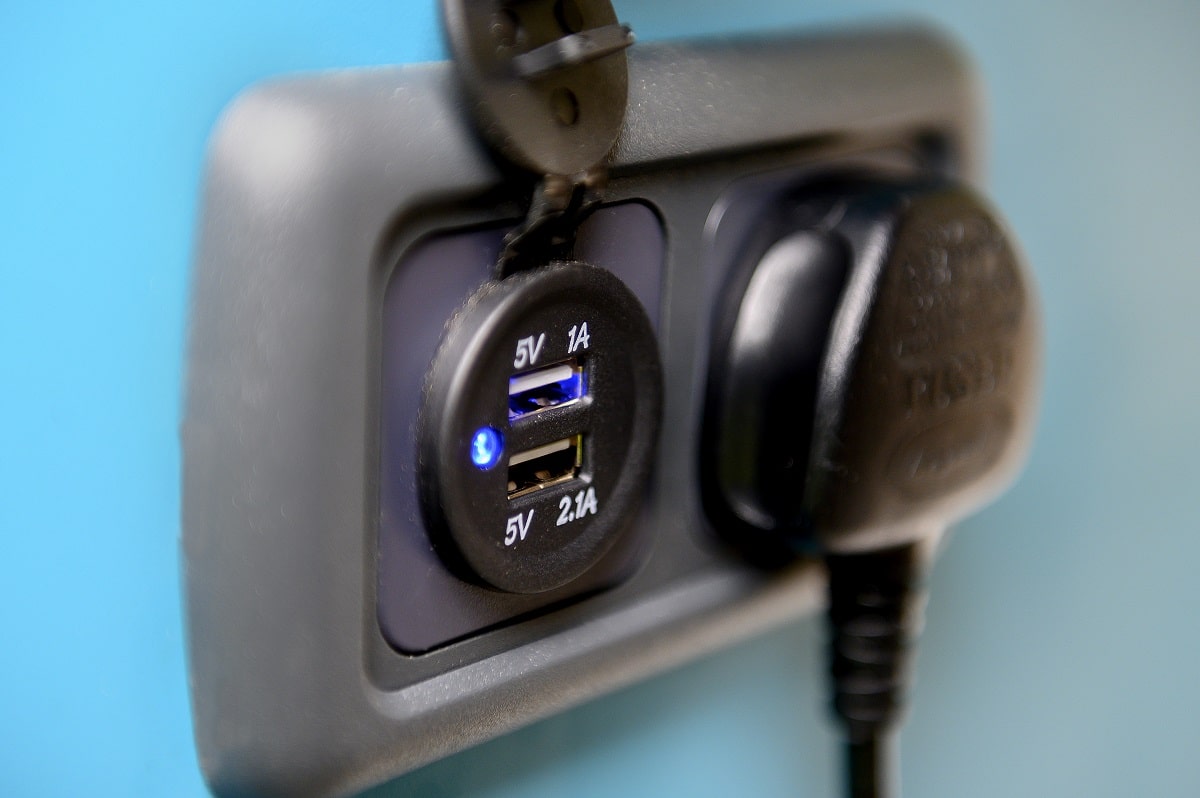
Eco Campervan Electrics, Batteries & Power Explained
The latest green eco campervans make the most of electric power to lower carbon emissions. Having the latest battery technology has the advantages of increasing fuel efficiency and enabling people to cut the cord and go off-grid. For many, being tied to a campsite for power is the opposite of what campervanning should be about. Emitting diesel fumes into pristine environments and breathing them in while cooking isn’t what they want either. Here we’ll look at the options available.
Engine Electrics vs Leisure Electrics
Petrol and diesel powered campervans have two batteries, a 12volt battery to start the engine and power the lights and heaters, and another to power the leisure facilities. Hybrid vans have a third hybrid battery that starts the petrol engine and pwers the lights and in-cab electrics, but things are about to change with the forthcoming Toyota Proace Eco rEVolution, which has one battery that powers everything.
The capabilities of the leisure and hybrid campervan batteries are based on their size and how well they are integrated. Much of our technology focus at CampervanCo is on integrating battery technology into every aspect of the leisure experience and to ensure both stand ready to perform.
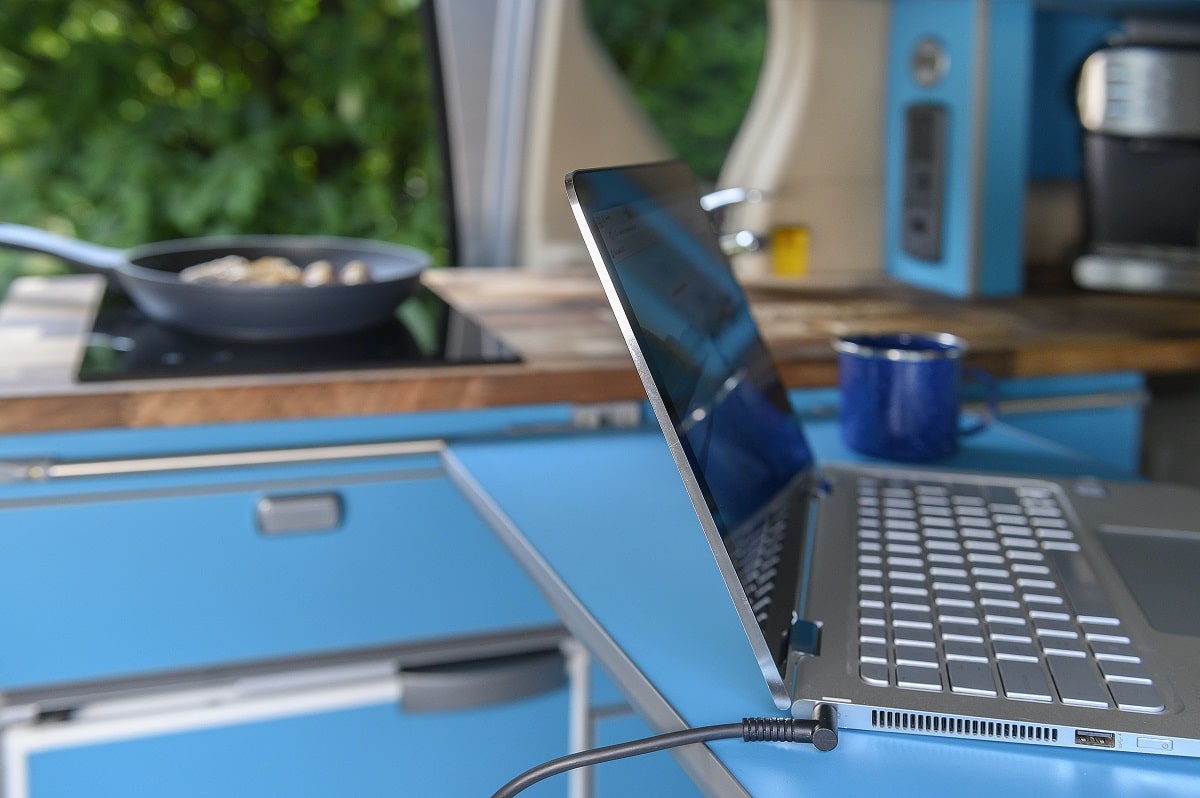
Hybrids vs PHEVs
Campervans like the Toyota Alphard Hybrid Eco Pioneer I and Pioneer II are self-charging hybrid vehicles that combine electric power with a petrol engine. This means you never need to plug them in. They utilise electric power to operate at low speeds, where petrol is less efficient. They use petrol to operate at higher speeds and to charge the leisure and hybrid batteries. On our Pioneer II, this means that typical fuel efficiency for an automatic 2.4l 4x4 campervan is over 50mpg. Our ability to integrate power from the engine enables it to top-up the leisure battery when needed.
PHEVs are Plug-in Hybrid Electric Vehicles. PHEVs excel at short journeys which can be completed on battery power alone, to reduce fuel consumption. They have larger engine batteries than self-charging hybrids, which are much heavier. For longer journeys they need to be charged beforehand, usually overnight. Both PHEVs and self-charging hybrids use technology to re-capture energy from the engine to feed into the battery, except the self-charging hybrid also charges the battery as it drives.
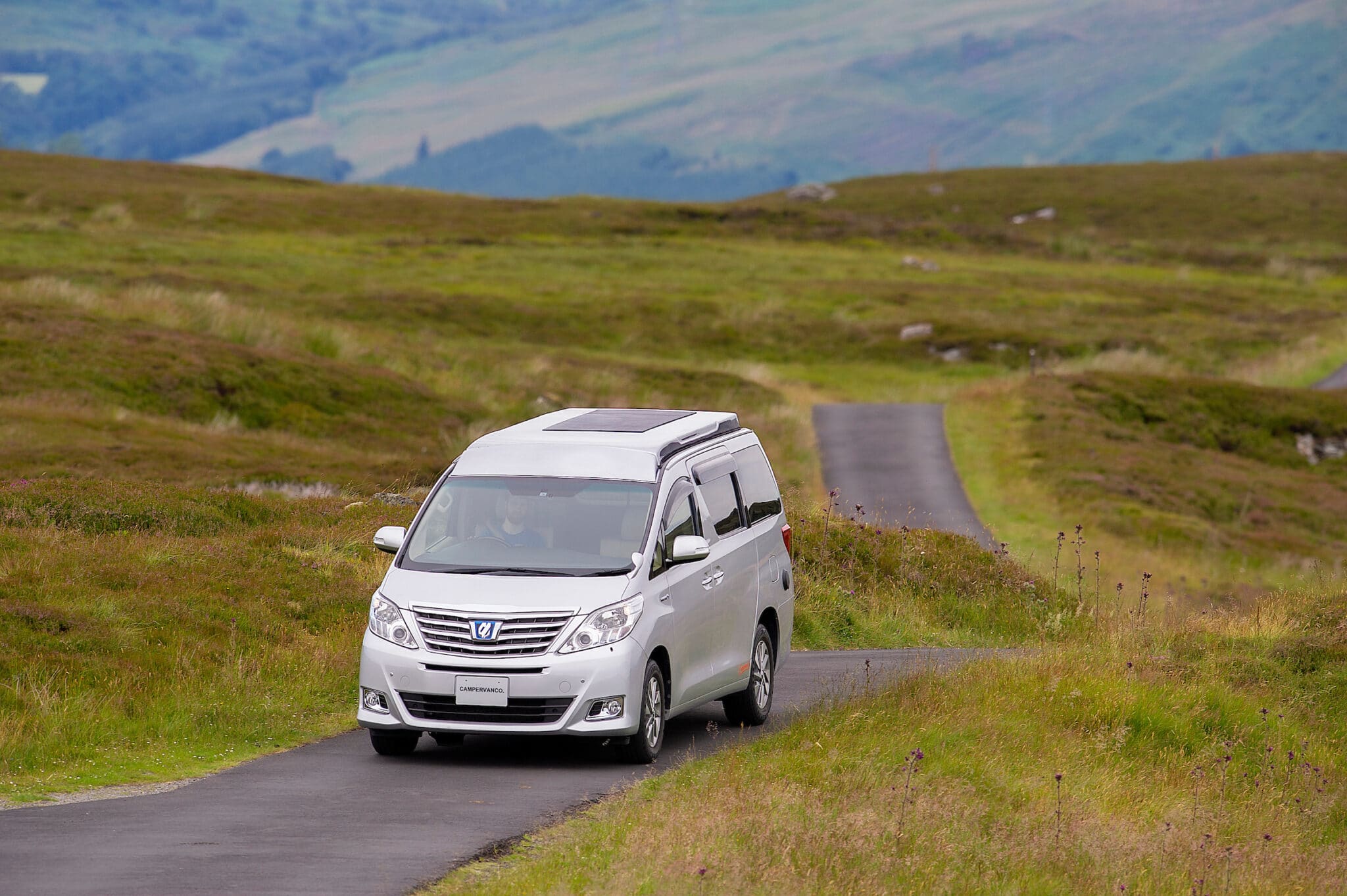
Electric Only EV Campers
This is the latest technology, and we will be revealing it in 2023. It is based on the Toyota Proace Electric Van and uses separate batteries to power vehicle movement and the leisure facilities. These are kept separate so that the use of leisure facilities doesn't compromise the range of the vehicle. The use of a large 3,000w lithium battery enable us to use an inverter to provide off grid 230v AC mains power.
The vehicle has a range of 205 miles and comes with leisure facilities such as 355 watts of solar power, induction cooking, refrigeration, zero-emissions heating, a heated bed and a hot water dispenser.
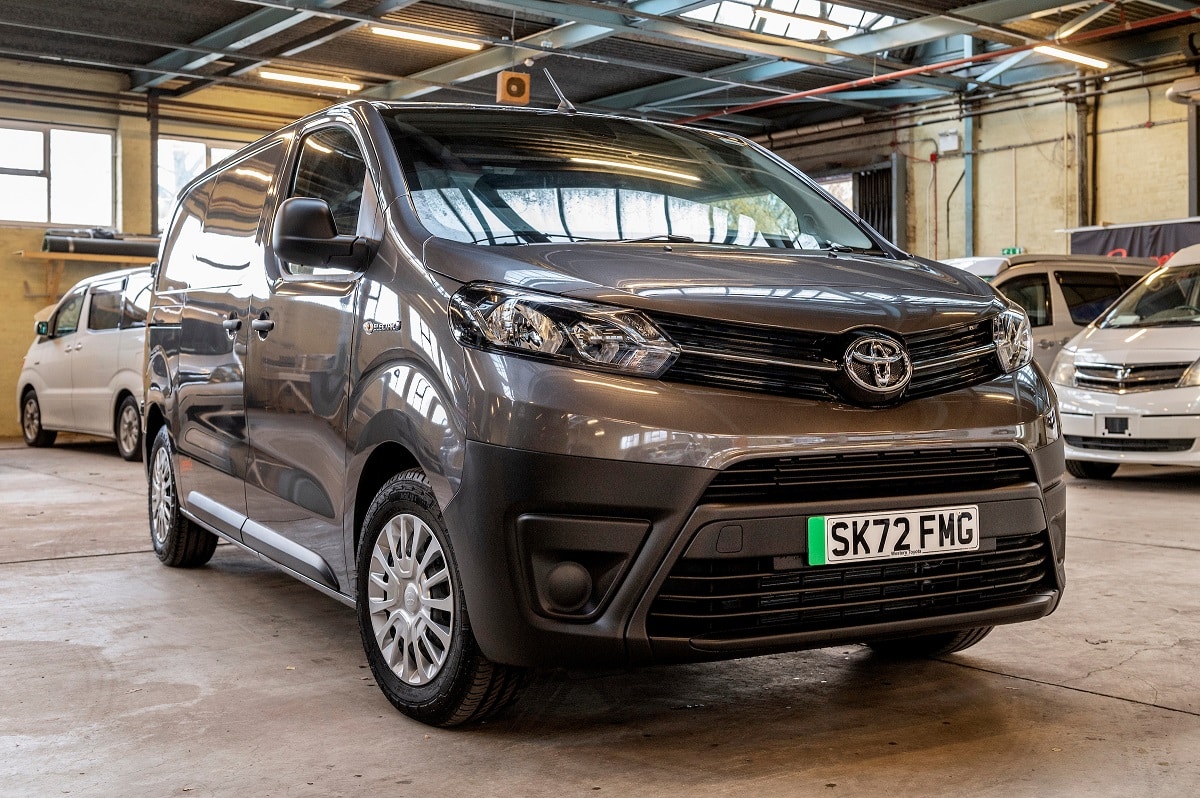
Hydrogen Power
Hydrogen as an engine technology is still in its infancy. It has fantastic potential as the raw materials you need to make hydrogen are water and electricity. Just now the focus with hydrogen tends to be moving larger vehicles, like ships, trains and HGVs. Only recently Rolls Royce and EasyJet combined to produce a successful test of the first jet engine powered by hydrogen created from green power. It would be no surprise to see it coming through to campervans in the future.

Traditional Leisure Batteries
Leisure batteries power your refrigeration, heating, cooking, pumping of water, lighting, plugged-in appliances and smart device charging. For many campervans, this requires vehicles to be hooked-up at a campsite to enable high-drain appliances to work. At CampervanCo, we have developed a lot of technology to perfect the off-grid camping experience. We have found ways to enable campers to enjoy their devices away from camp sites. The Pioneer I uses the engine to top-up the leisure battery while it is being used, while the Pioneer II has a Lithium leisure that can last a week or more of normal use, being topped-up by the solar panel.
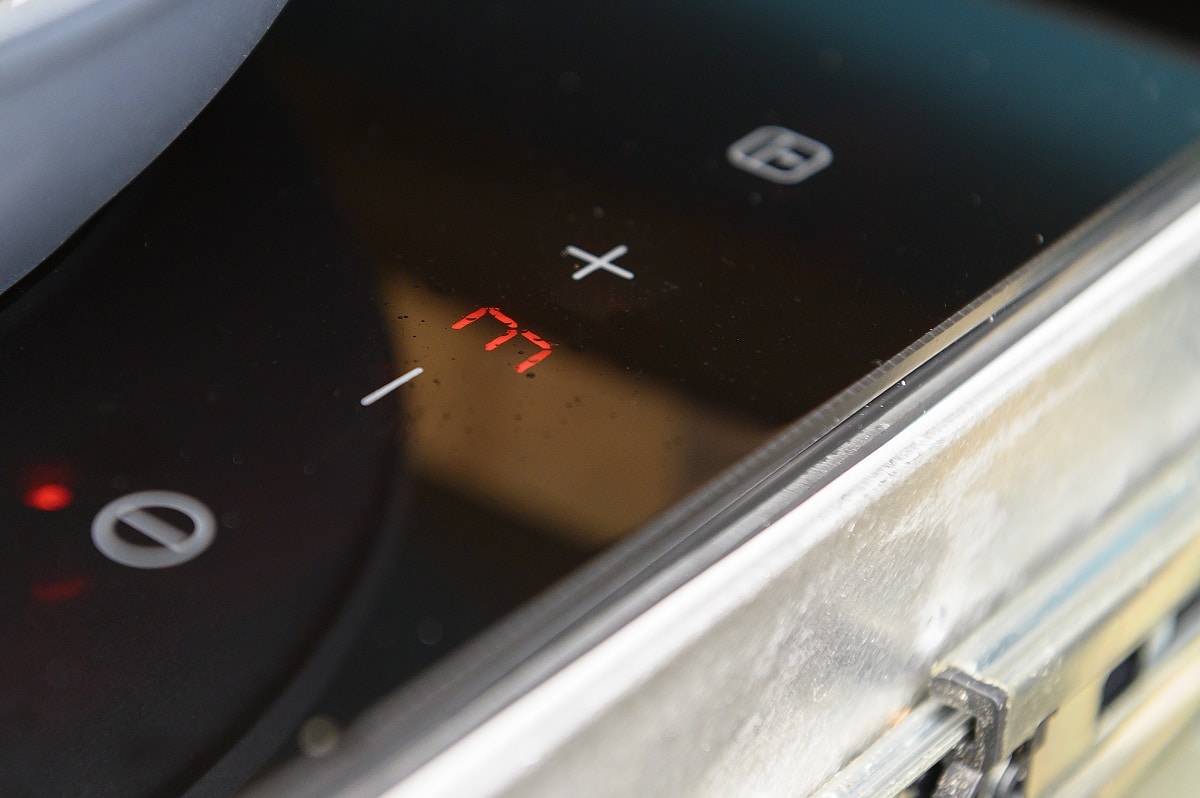
Going Off Grid & Solar
We currently have two approaches for going off-grid. With the Toyota Alphard Hybrid Eco Pioneer I vehicle, the engine supports the battery to provide 110v to appliances such as the highly efficient induction hob and special 100v appliances including microwaves and toasters. The 110v mode is switched on, and the engine intermittently turns on and off automatically to provide the battery with the power it needs. It prioritises you being able to leave the site, so if the petrol level drops too low, then it stops supplying the leisure battery, so you still have enough petrol to drive away.
The Toyota Alphard Hybrid Eco Pioneer II does things differently. It has the very latest Lithium battery technology, which enables 240v appliances to be used for over a week in normal use, without needing to be topped-up from a drive. Our Pioneer II campervans extend this by having a solar panel on the roof as standard, which contributes to the charge in the leisure battery. The solar panel is an optional extra for the Pioneer I.
